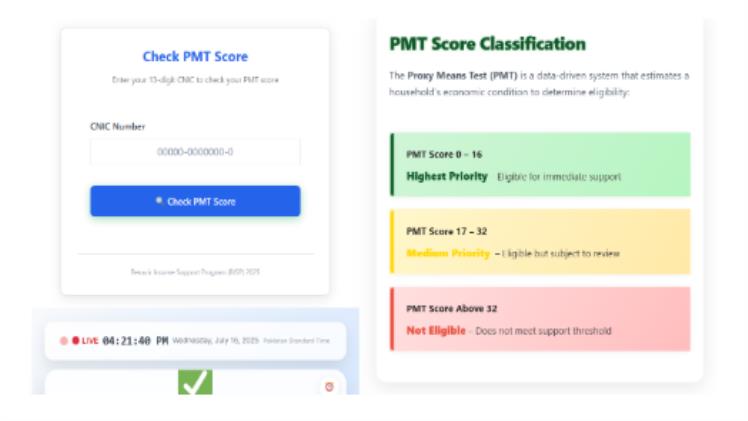Health and Safety Consultancy: Expert Guidance for a Safer Workplace
In today’s fast-paced and ever-evolving work environment, ensuring the health and safety of employees has become a paramount concern for organizations across all sectors. As businesses navigate complex regulatory landscapes, the importance of expert guidance cannot be overstated. Health and safety consultancy services offer specialized knowledge and resources designed to help companies not only comply with legal obligations but also cultivate a culture of safety that prioritizes the well-being of their workforce. By leveraging the expertise of qualified consultants, organizations can identify potential hazards, implement effective safety protocols, and foster an environment that minimizes risks and enhances productivity. This article delves into the critical role of health and safety consultancy, exploring the myriad benefits it provides, from tailored risk assessments and training programs to ongoing compliance support and emergency preparedness planning. Through a thorough understanding of industry-specific challenges and best practices, health and safety consultants empower organizations to not only meet regulatory standards but also exceed them, ultimately leading to a safer, more productive workplace. As we explore the evolving landscape of occupational health and safety, it becomes clear that investing in expert consultancy services is a vital step toward achieving both legal compliance and organizational excellence.
Understanding the Role of Consultancy in Workplace Safety
Health and safety consultancy plays a crucial role in enhancing workplace safety by providing organizations with expert insights and tailored solutions to mitigate risks. These consultants assess the current safety protocols and compliance levels, identifying potential hazards and gaps that may pose threats to employees. By leveraging their specialized knowledge and experience, health and safety consultants can develop comprehensive safety management systems that align with regulatory requirements and industry best practices, ultimately fostering a culture of safety within the organization.
Moreover, health and safety consultancy often extends beyond mere compliance; it involves a proactive approach to risk management. Consultants work closely with management and staff to promote awareness and training, ensuring that all employees are equipped with the knowledge to recognize and respond to safety concerns. This collaborative effort not only helps in preventing workplace accidents but also enhances overall productivity and morale, as employees feel valued and secure in their work environment. Through their strategic involvement, health and safety consultants contribute significantly to building safer workplaces that prioritize the well-being of all stakeholders.
Key Benefits of Professional Health and Safety Guidance
One of the primary advantages of investing in health and safety consultancy is the significant reduction in workplace accidents and incidents. By integrating expert guidance into safety protocols, organizations can create a safer environment that not only protects employees but also minimizes operational disruptions. This proactive stance on safety enhances overall productivity and morale, as employees are more likely to feel secure in their work environment. Furthermore, a solid safety record can improve an organization’s reputation, making it more attractive to clients and potential employees alike.
Another key benefit is the financial savings associated with effective risk management. By identifying and addressing hazards before they result in accidents, businesses can avoid costly compensation claims and legal fees. Additionally, organizations may benefit from lower insurance premiums due to their commitment to safety and compliance. This comprehensive approach to health and safety not only safeguards employees but also promotes long-term sustainability and profitability for the organization.
Implementing Effective Strategies for Risk Management
Effective strategies for risk management within health and safety consultancy encompass a systematic approach to identifying, assessing, and mitigating potential hazards in the workplace. By conducting thorough risk assessments, organizations can pinpoint vulnerable areas and implement tailored interventions to address these risks. This process not only adheres to legal requirements but also fosters a culture of safety, where employees are encouraged to report hazards and participate in safety training. Regular reviews and updates of safety protocols are essential to ensure that strategies remain relevant and effective in an ever-evolving work environment.
Moreover, fostering open communication channels between management and employees enhances the efficacy of risk management strategies. When workers feel empowered to voice their concerns and contribute to safety discussions, it cultivates a sense of ownership and responsibility regarding workplace safety. Integrating feedback mechanisms and ongoing safety training sessions ensures that all personnel are aware of best practices and regulatory changes, ultimately reinforcing the organization’s commitment to a safe and healthy work environment. This proactive engagement not only mitigates risks but also strengthens the overall resilience of the organization against potential safety challenges.
In conclusion, investing in health and safety consultancy is a proactive measure that can significantly enhance workplace safety and compliance. By leveraging the expertise of professionals in this field, organizations can identify potential hazards, develop effective safety protocols, and foster a culture of health and well-being among employees. As regulations continue to evolve and the importance of employee safety becomes increasingly paramount, partnering with a consultancy not only mitigates risks but also promotes operational efficiency and employee morale. Ultimately, prioritizing health and safety is not just a legal obligation; it is a fundamental aspect of creating a thriving work environment that benefits both employees and the organization as a whole.







